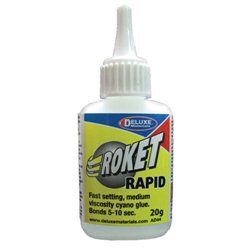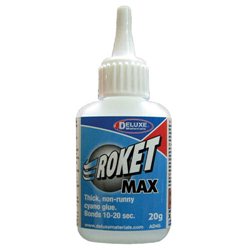There are a number of ways to cut expanded foam or polystyrene when modelling, but which way is best?As with many...
No products
Product successfully added to your shopping cart
There are 0 items in your cart. There is 1 item in your cart.
Search Tips
Christmas and New Year
We are dispatching orders every weekday apart from Christmas Day, Boxing Day and New Year's Day.
If you select next day delivery at checkout, please note deliveries are not made on public holidays or Sundays.
The shop in Sandown is open 23rd and 24th December, then closed from 25th December, reopening on 30th December.
How can I secure cardboard or plastic models to a layout baseboard?
There are several options for securing plastic or card model buildings to a baseboard:
Using a strong adhesive such as a cyanoacrylate (CA) based modelling superglue or a plastic cement can be effective for securing plastic and cardboard models to a baseboard. Be sure to use the glue sparingly and only apply it to the points of contact between the model and the baseboard, as too much glue can cause the model to become unstable or deformed. Additionally, PVA or White glue can also be used, this has a longer cure time than CA-based glues and so will aid the modeller by giving them a greater window of time for precise positioning the item in question.
Double-sided tape can be used to secure models to a baseboard, especially if the model is relatively lightweight. Be sure to use a tape with a strong adhesive to ensure that the model stays in place.
If the model is particularly heavy or large, it may be necessary to use screws or nails to secure it to the baseboard. This can provide a more secure hold, but it may also cause damage to the model if not done carefully.
It's important to avoid using too much glue or adhesive, as this can cause the model to become unstable or cause it to deform over time. It's also important to be gentle when handling the model, as rough handling or applying too much force can cause it to become damaged.
Another factor to be considered is to ask does the item in question necessarily have to be permanently secured in place. Layouts can be notoriously prone to damage especially when they are being moved or being broken down for storage. When a layout is set up in a permanent location then it may make sense to secure all its associated buildings in place. Unfortunately, for many modellers, this may not always be the case as layouts compete for space and time with other household requirements. In this situation, it may make sense to have buildings that can easily be removed for separate storage to reduce the risk of collateral damage. Inevitably this is based on the modeller's subjective view and as such, there is no right or wrong answer.
Click here to receive the tips weekly in your mailbox. You can unsubscribe at any time.










